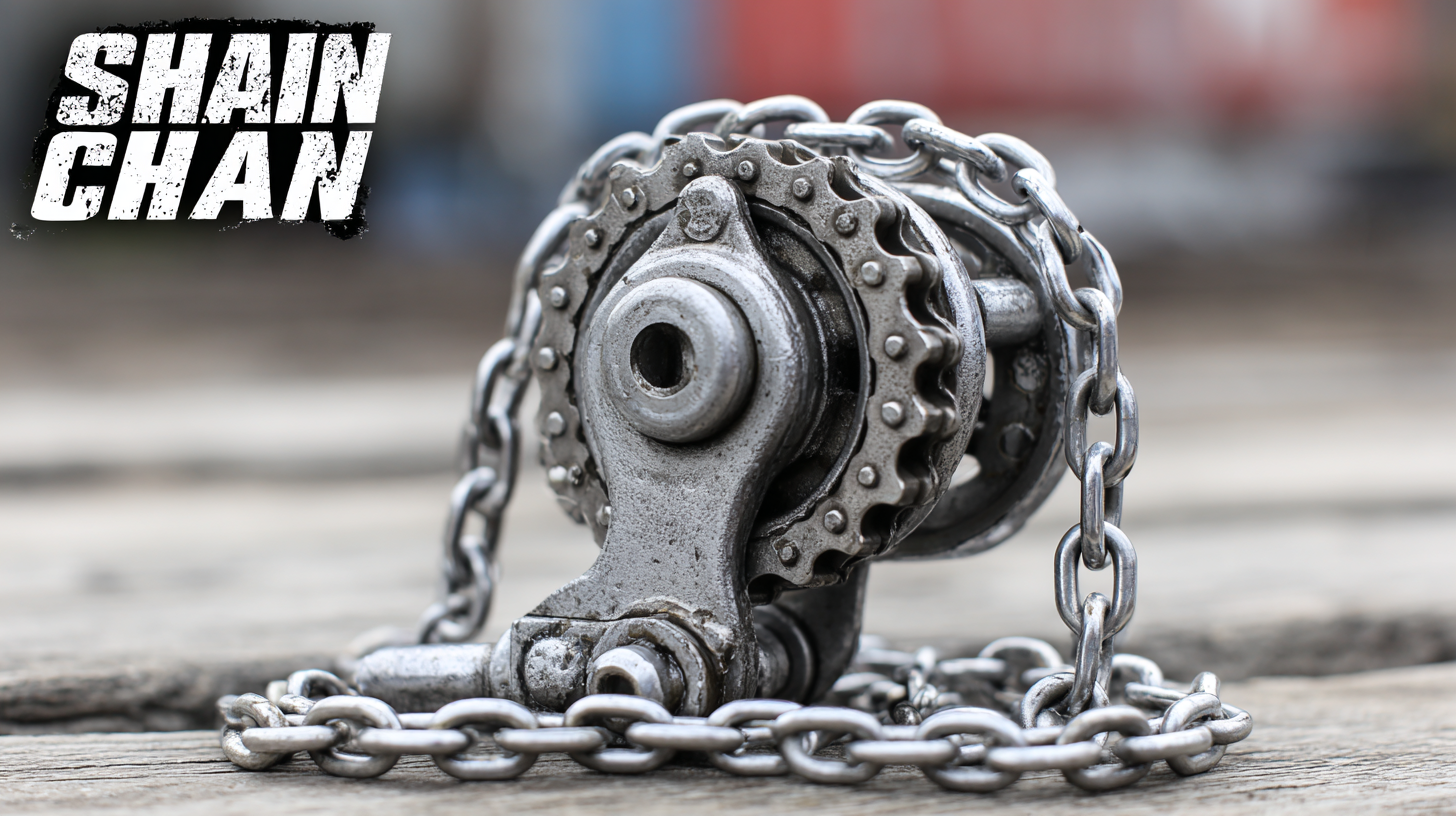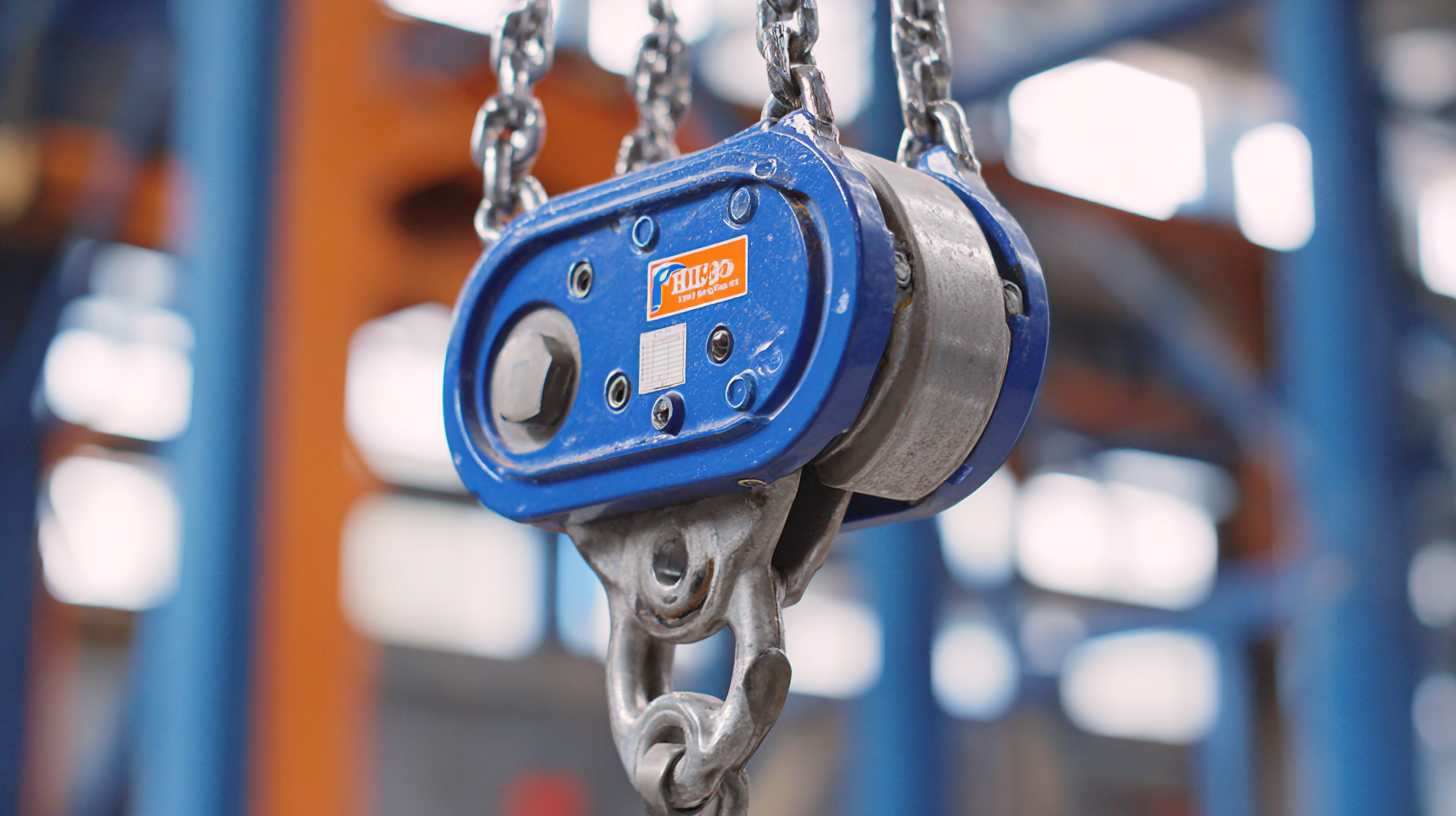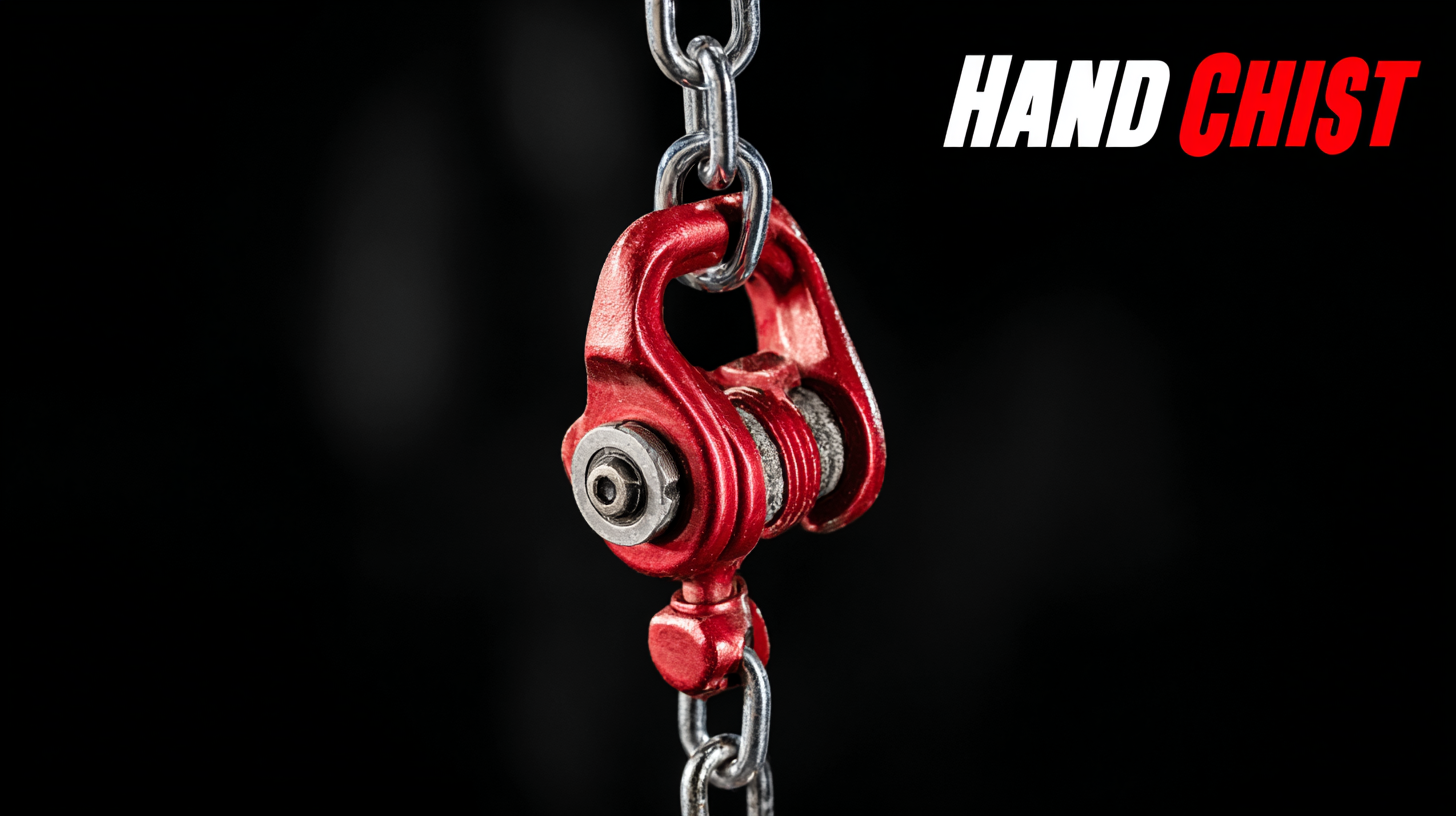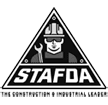
How to Choose the Best Hand Chain Hoist for Your Lifting Needs
In the industrial lifting equipment market, "Hand Chain Hoists" have become indispensable tools for various operations, particularly in construction and manufacturing environments. According to a recent market study by ResearchAndMarkets, the global hoisting equipment market is projected to witness substantial growth, with hand chain hoists accounting for a significant share due to their versatility and ease of use.

With lifting capacities ranging from 0.5 tons to over 20 tons, these hoists enable users to handle heavy loads efficiently in tight or confined spaces. Understanding the different types of hand chain hoists available, including their unique features and appropriate applications, is crucial for selecting the right equipment to meet specific lifting needs. Thus, this blog will explore various alternatives and guide you in making an informed decision when choosing the best hand chain hoist for your operations.
Factors to Consider When Selecting a Hand Chain Hoist
When selecting a hand chain hoist, several factors play a critical role in ensuring that you choose the best equipment for your lifting needs. First, consider the load capacity. Most hand chain hoists have load capacities ranging from 1 ton to 10 tons. According to a report by the National Association of Manufacturers, choosing a hoist that can handle at least 25% more than your maximum load can enhance safety and performance.
Another important factor is the lifting height. Hand chain hoists are typically available with lifting heights of between 10 and 20 feet. For serious lifting tasks, consider how often you will reach these heights. Additionally, the hoist should be compatible with the space where it will be used. Make sure to measure the headroom available to avoid any operational challenges.
**Tip 1:** Always check the chain quality. A high-quality grade 80 chain can withstand more stress and is less prone to wear.
**Tip 2:** Evaluate the lifting speed. Some hoists can lift loads at speeds up to 10 feet per minute, impactful for jobs requiring quick lifting operations.
By considering these factors, you can make an informed decision and ensure that your hand chain hoist meets all operational needs effectively.
How to Choose the Best Hand Chain Hoist for Your Lifting Needs - Factors to Consider When Selecting a Hand Chain Hoist
| Factor | Description | Recommended Value |
|---|---|---|
| Load Capacity | The maximum weight the hoist can lift safely. | 1 Ton - 10 Tons |
| Lift Height | The vertical distance the hoist can raise the load. | 10 ft - 50 ft |
| Chain Length | The length of the chain used to operate the hoist. | 5 m - 20 m |
| Material | The material used to construct the hoist for durability and strength. | Steel, Alloy |
| Safety Features | Inclusions like overload protection, safety hooks, etc. | Yes |
| Weight | The overall weight of the hoist itself, affecting portability. | 5 kg - 25 kg |
| Price Range | Typical cost range depending on brand and features. | $100 - $1000 |
Understanding the Different Load Capacities and Their Applications
When selecting a hand chain hoist, understanding load capacities is critical to ensuring safe and effective lifting. Hand chain hoists are available in various load capacities, typically ranging from 0.5 tons to over 10 tons. Each hoist is designed for specific applications, meaning that choosing one with the right capacity is vital to prevent failures and accidents. For instance, hoists with lower capacities are suitable for light maintenance tasks, while higher-capacity hoists are ideal for heavy industrial applications, such as lifting machinery or construction materials.
In addition to considering the weight of the load, it is essential to reflect on how often the hoist will be used and the lifting height required. Frequent use of a hoist necessitates a model that can withstand repeated strain, while high lifting heights might require a hoist with extended lifting chains. Furthermore, understanding the environment in which the hoist will be operated also plays a significant role. For example, corrosive or outdoor environments would benefit from hoists made with durable, weather-resistant materials. By carefully evaluating these factors, users can make informed decisions that align with their lifting needs.
Load Capacities of Hand Chain Hoists and Their Applications
This chart shows the various load capacities (in tons) of hand chain hoists and the number of typical applications for each category. Selecting the right hoist according to load capacity is crucial for ensuring safety and efficiency in lifting tasks.
Key Features to Look for in a Quality Hand Chain Hoist
When selecting a hand chain hoist, several key features should be prioritized to ensure that the equipment meets your lifting needs efficiently and safely. First and foremost, the lifting capacity is crucial; always choose a model that exceeds your maximum lifting requirements. Consider the hoist's chain length as well, as it should accommodate the height of your lift while allowing for smooth operation without any obstruction.

Another vital feature to examine is the safety mechanisms integrated into the hoist. Look for models that include reliable brake systems, overload protection, and sturdy chains made from high-quality materials. These safety features will not only protect your load but also enhance the durability of the hoist itself. Additionally, the ease of operation is important—models with ergonomic hand chains and lightweight designs can significantly reduce fatigue during prolonged use, making tasks more manageable and increasing overall productivity.
Safety Considerations for Using Hand Chain Hoists
When selecting a hand chain hoist, safety considerations are paramount. Proper usage of hand chain hoists can dramatically enhance workplace safety, particularly for those operating in environments prone to accidents. One must always prioritize features like load capacity, brake integrity, and the quality of materials. Additionally, users should familiarize themselves with the hoist’s operating limits and any specific safety guidelines provided by the manufacturer.
As new technologies emerge, so too does the potential for increased safety measures. Recent innovations in lifting equipment, such as cordless chain hoists, have minimized the risks associated with tangled cords and tripping hazards often found in traditional setups. Furthermore, ensuring that all users receive adequate training on safety protocols and emergency procedures can significantly mitigate risks, especially in workplaces involving older adults, who may be at a heightened risk of falls or accidents. Making informed choices about equipment and prioritizing user education are essential steps toward creating a safer working environment.

Maintenance Tips for Longevity and Optimal Performance
When it comes to ensuring the longevity and optimal performance of your hand chain hoist, regular maintenance is crucial. According to a report from the Material Handling Industry of America, properly maintaining lifting equipment can extend its lifespan by up to 30%. One of the simplest yet most effective practices is to regularly inspect the hoist for wear and tear. Look for signs of fraying in the chain, rust on the hoist body, and check the hook for deformation. Catching these issues early can prevent more serious failures down the line.
Another essential maintenance tip is to lubricate the moving parts of the hoist. According to industry standards, using the right type of lubricant can reduce friction and wear, which is paramount for devices working under high load conditions. Make it a habit to clean any dirt or debris from the hoist before applying lubricant, as these particles can accelerate wear if left unchecked. Additionally, ensure that the braking mechanism is functioning correctly to avoid accidents during operation.
Lastly, always refer to the manufacturer's guidelines for maintenance schedules and specific care instructions. Many manufacturers recommend a detailed inspection every six months, especially when the hoist is used frequently or in harsh environments. Keeping detailed records of these inspections can also help in identifying patterns that could indicate a need for more substantial servicing or potential replacement.
Copyright ©2024 Elephant Lifting Products | All rights reserved.
38381 N Robert Wilson Rd, Gonzales, LA 70737 USA
Toll Free: (888) 844-6113 | Phone: (225) 644-6113 | Fax: (225) 644-6695
Email: sale@floralift.org




